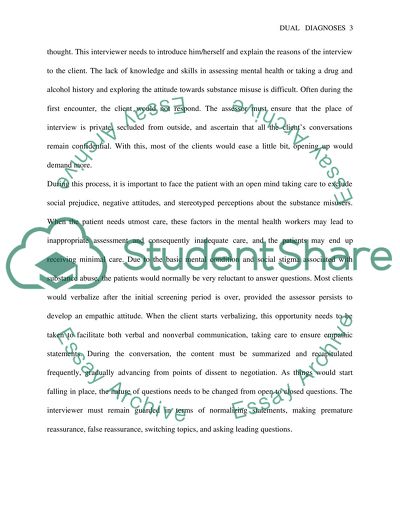Cite this document
(“Dual Diagnosis Case Study Example | Topics and Well Written Essays - 3000 words”, n.d.)
Dual Diagnosis Case Study Example | Topics and Well Written Essays - 3000 words. Retrieved from https://studentshare.org/health-sciences-medicine/1509729-dual-diagnosis
Dual Diagnosis Case Study Example | Topics and Well Written Essays - 3000 words. Retrieved from https://studentshare.org/health-sciences-medicine/1509729-dual-diagnosis
(Dual Diagnosis Case Study Example | Topics and Well Written Essays - 3000 Words)
Dual Diagnosis Case Study Example | Topics and Well Written Essays - 3000 Words. https://studentshare.org/health-sciences-medicine/1509729-dual-diagnosis.
Dual Diagnosis Case Study Example | Topics and Well Written Essays - 3000 Words. https://studentshare.org/health-sciences-medicine/1509729-dual-diagnosis.
“Dual Diagnosis Case Study Example | Topics and Well Written Essays - 3000 Words”, n.d. https://studentshare.org/health-sciences-medicine/1509729-dual-diagnosis.


